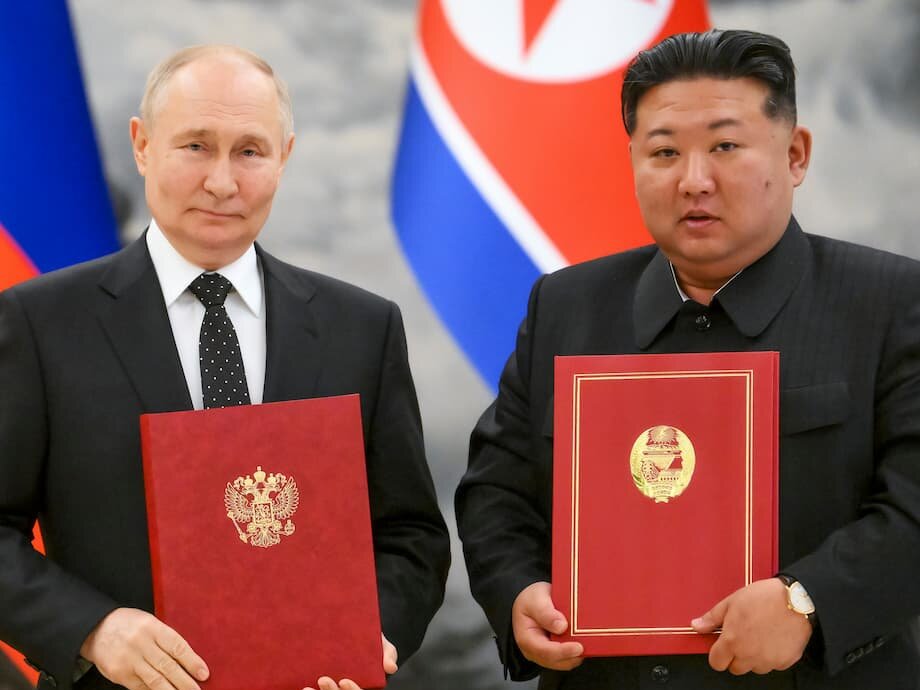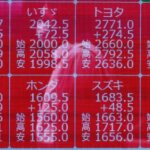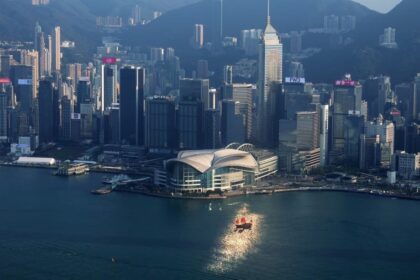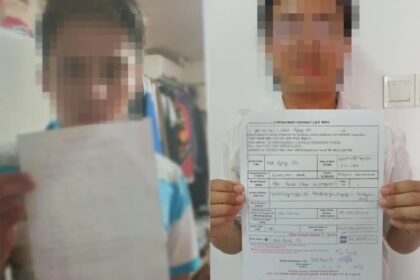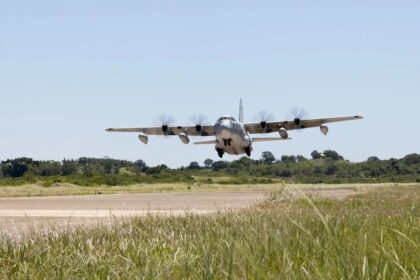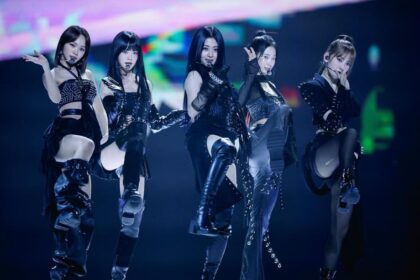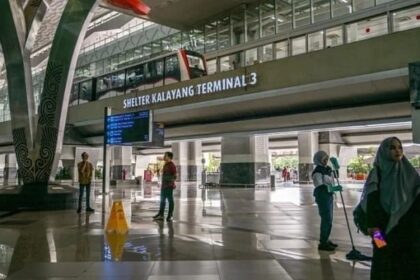Putin and Kim to Join Xi at Chinese Military Parade: A Defiant Display of Unity and Power
In a striking demonstration of geopolitical realignment and defiance toward Western pressure, Chinese President Xi Jinping will host Russian President Vladimir Putin and North Korean leader Kim Jong Un at a massive military parade in Beijing. The event, scheduled for September 3, 2025, marks the 80th anniversary of Japan’s surrender in World War II and will be held in the iconic Tiananmen Square. The parade is set to be one of China’s largest in years, featuring tens of thousands of troops, cutting-edge weaponry, and a guest list that underscores shifting global alliances.
- Putin and Kim to Join Xi at Chinese Military Parade: A Defiant Display of Unity and Power
- Why This Parade Matters: Context and Symbolism
- The “Axis of Upheaval”: A New Bloc Challenging the West?
- Kim Jong Un’s Rare Appearance: Diplomatic Calculations
- China’s Military Modernization on Display
- Western Absence: A Divided World Order
- In Summary
Why This Parade Matters: Context and Symbolism
The parade is more than a commemoration of history—it is a calculated display of military might and diplomatic solidarity among countries facing Western sanctions and isolation. The presence of Putin and Kim, both leaders of heavily sanctioned states, alongside Xi, signals a collective challenge to the Western-led global order. This event is widely seen as a response to increasing US and European efforts to isolate Russia over its invasion of Ukraine and to pressure North Korea over its nuclear program.
China’s “Victory Day” parade commemorates the end of World War II in Asia, specifically Japan’s surrender on September 3, 1945. For China, the war was a period of immense suffering and resistance, with millions killed during the Japanese occupation. The Communist Party has used such anniversaries to reinforce national unity and project an image of resilience and strength.
The Guest List: Who’s Attending—and Who Isn’t
According to the Chinese Foreign Ministry, 26 foreign heads of state and government will attend the parade. Notably absent are leaders from major Western countries. The only exception is Slovak Prime Minister Robert Fico, whose attendance reflects his government’s relatively warm ties with Russia and China. Other prominent guests include:
- Belarusian President Alexander Lukashenko
- Iranian President Masoud Pezeshkian
- Indonesian President Prabowo Subianto
- Serbian President Aleksandar Vucic
- Myanmar’s junta chief Min Aung Hlaing
- South Korea’s National Assembly Speaker Woo Won-shik
- United Nations Under-Secretary-General Li Junhua
Former Japanese Prime Minister Yukio Hatoyama will also attend, but there will be no official representation from Italy or Germany, the other Axis Powers of World War II.
The “Axis of Upheaval”: A New Bloc Challenging the West?
Analysts have dubbed the gathering of leaders in Beijing the “Axis of Upheaval”—a coalition of states seeking to undermine US interests and resist Western sanctions. China, Russia, and North Korea have each faced increasing confrontation with the United States and its allies, but have not formed a formal alliance. Instead, their cooperation is pragmatic, driven by shared interests in countering Western influence and supporting each other economically and militarily.
Russia, battered by sanctions since its 2022 invasion of Ukraine, has leaned heavily on China for economic lifelines, including energy exports and technology. North Korea, isolated by UN sanctions for its nuclear and missile programs, relies on China for the vast majority of its trade—about 97% in 2023, according to trade data. Iran and Myanmar, both under Western sanctions, also find in China a crucial economic partner.
Military Cooperation and Strategic Partnerships
The parade comes amid deepening military ties among these countries. In 2024, Putin and Kim signed a landmark defense pact in Pyongyang, pledging immediate military assistance if either is attacked. North Korea has reportedly supplied Russia with munitions and even troops for its war in Ukraine, in exchange for food, oil, and weapons technology. China, while officially neutral on the Ukraine conflict, has continued to buy Russian energy and supply dual-use technology that can support Russia’s military.
Leif-Eric Easley, professor of international studies at Ewha Womans University in Seoul, explained, “North Korean ties with China have been affected by Pyongyang’s illicit cooperation with Moscow, even as China’s political and economic support remains vital for the North Korean regime.”
Kim Jong Un’s Rare Appearance: Diplomatic Calculations
Kim Jong Un’s attendance is particularly significant. Since taking power in 2011, Kim has rarely traveled abroad and has never participated in a multilateral event of this scale. His last visit to China was in 2019, and since the pandemic, he has only left North Korea once—for a 2023 summit with Putin in Russia’s Far East.
For Kim, the parade offers a rare opportunity to appear on the world stage, signaling that North Korea is not as isolated as Western powers would like. It also allows him to balance his relationships with both Moscow and Beijing, ensuring he is not overly reliant on either. Analysts suggest Kim is seeking to boost his international stature and secure economic and military support for his regime, especially as North Korea prepares for major domestic celebrations.
As noted by NPR, “Kim aims to show solidarity with pro-Russia and pro-China countries and to present himself as a leader of a normal country.”
There is also speculation that Kim’s visit could be tied to efforts to revive diplomacy with former US President Donald Trump, with whom he has previously met. Some analysts believe Kim seeks to repair relations with Xi to reengage with Trump from a position of strength.
China’s Military Modernization on Display
The parade itself will be a tightly choreographed spectacle, offering a rare glimpse into China’s rapidly advancing military technology. More than 10,000 troops, over 100 aircraft, and hundreds of pieces of ground equipment will march through Tiananmen Square. Chinese officials have emphasized that all equipment on display is domestically produced and currently in service, with many systems making their public debut.
Among the highlights expected are:
- Hypersonic weapons
- Advanced fighter jets
- Electronic jamming and air-defense systems
- Strategic missiles
- Anti-drone and missile-defense technologies
President Xi will survey the troops alongside foreign dignitaries, reinforcing his image as the architect of China’s military modernization. Under Xi’s leadership, the People’s Liberation Army has undergone sweeping reforms, with a focus on high-tech warfare and power projection beyond China’s borders.
Historical Resonance and Nationalist Messaging
The parade’s timing and symbolism are deeply significant for China’s Communist Party. The war against Japan is a foundational narrative for the party, representing both national trauma and triumph. By commemorating the 80th anniversary of victory over Japan, Xi is invoking a sense of historical destiny and unity, while sending a message that China will never again be humiliated by foreign powers.
At a recent press conference, Chinese Assistant Foreign Minister Hong Lei stated, “China is willing to continue to work hand in hand with North Korea to strengthen exchanges and cooperation, advance socialist construction, and closely collaborate in promoting regional peace and stability as well as safeguarding international fairness and justice.”
Western Absence: A Divided World Order
The absence of Western leaders from the parade is both a reflection and a reinforcement of the current geopolitical divide. Most European Union countries and the United States have declined to attend, citing opposition to Russia’s war in Ukraine and concerns over China’s assertive foreign policy. The only EU leader present will be Slovakia’s Robert Fico, who has maintained ties with Moscow despite widespread European condemnation of Putin’s actions.
This stands in stark contrast to China’s 2015 Victory Day parade, which saw broader international participation, including from some Western countries. The current guest list underscores how much the global landscape has shifted in the past decade, with China, Russia, and North Korea increasingly aligned against what they see as Western attempts at containment and regime change.
Implications for Global Security and Diplomacy
The parade and its guest list highlight the emergence of a bloc of countries willing to openly challenge Western dominance. While their cooperation is not without friction—North Korea’s deepening ties with Russia have reportedly strained its relationship with China—the event signals a willingness to set aside differences in pursuit of common goals.
For the United States and its allies, the parade is a reminder of the limits of sanctions and diplomatic isolation. Despite years of pressure, Russia and North Korea have found new partners and ways to circumvent restrictions. China’s role as an economic and technological hub for these countries complicates efforts to enforce international norms.
In Summary
- China will host a major military parade in Beijing on September 3, 2025, marking the 80th anniversary of Japan’s surrender in World War II.
- Russian President Vladimir Putin and North Korean leader Kim Jong Un will attend, alongside Chinese President Xi Jinping, in a show of unity against Western pressure.
- The parade will feature tens of thousands of troops and China’s latest military technology, underscoring the country’s growing power.
- Most Western leaders are boycotting the event, with only Slovakia’s prime minister attending from the EU.
- The gathering highlights the emergence of a new bloc of countries—sometimes called the “Axis of Upheaval”—challenging the Western-led global order.
- Kim Jong Un’s attendance is his first at a multilateral event, signaling North Korea’s efforts to boost its international standing and secure support from China and Russia.
- The event underscores deepening military and economic ties among China, Russia, and North Korea, despite underlying tensions and competing interests.
- The parade is both a commemoration of history and a message to the world: China and its partners will not be isolated or intimidated by Western sanctions and criticism.


